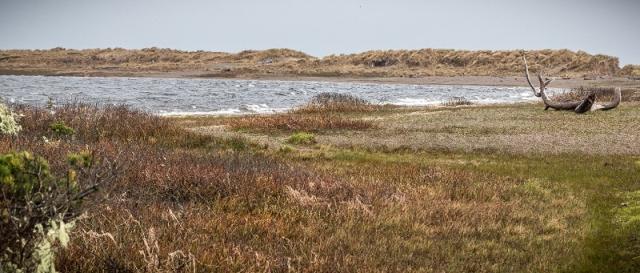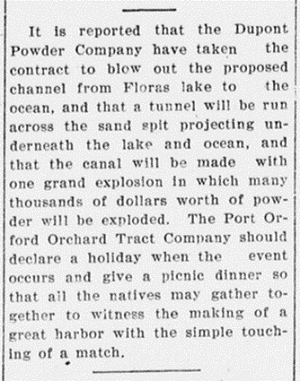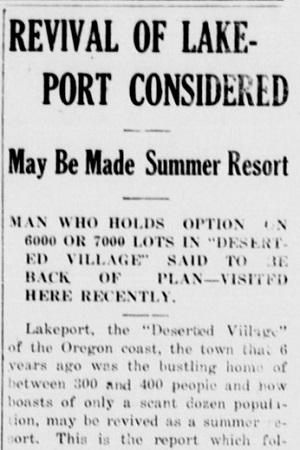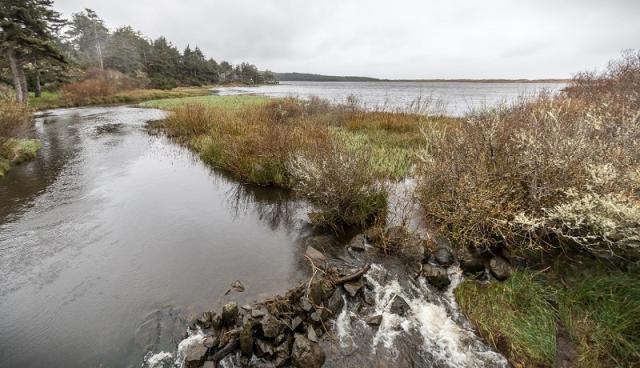Related Content
Related Stories
- Overcoming challenges to move the BLM forward: Nikki Haskett
- A former boomtown’s second life as storyteller in New Mexico
- Fueling the frontlines: State program accelerates wildland firefighter training
- Local volunteers are the rock of the San Juan Islands National Monument
- BLM Archaeologists Tell Ghost Town Story On Nevada Day Weekend
Office
1300 Airport Lane
North Bend, OR 97459
United States
Phone:
Email:





